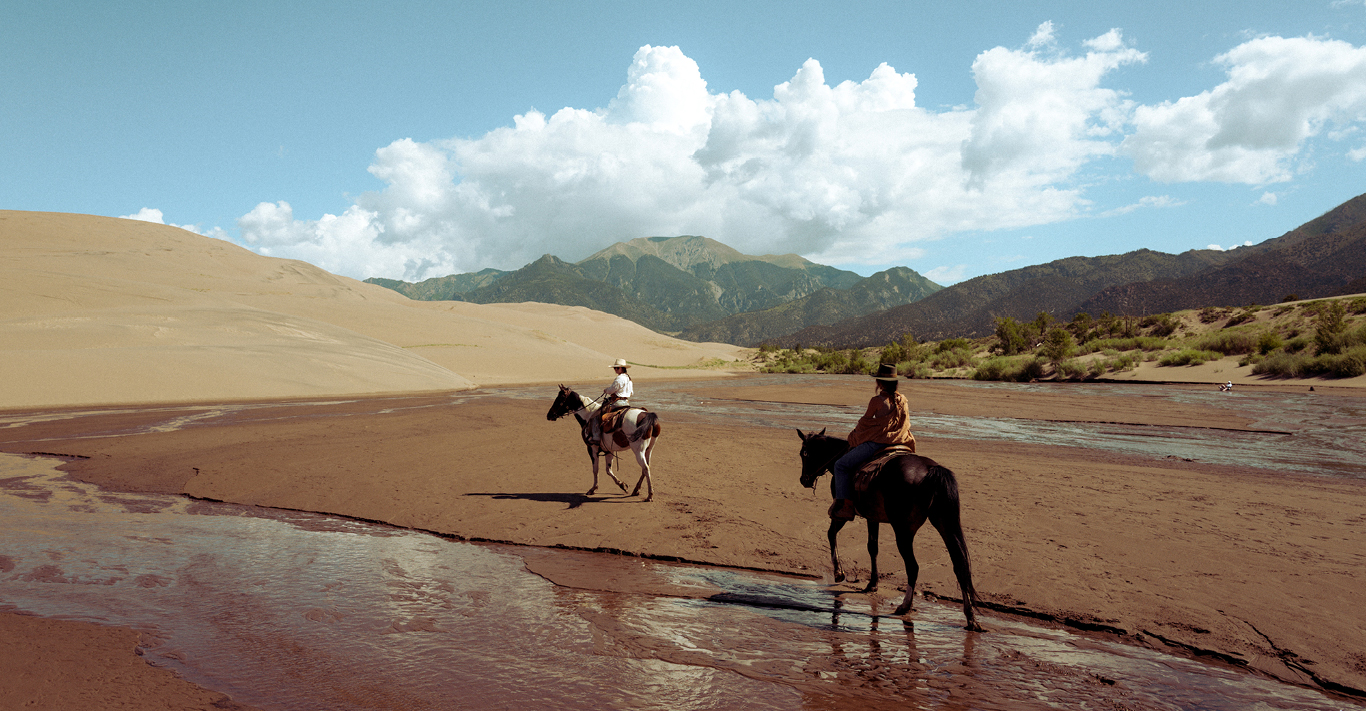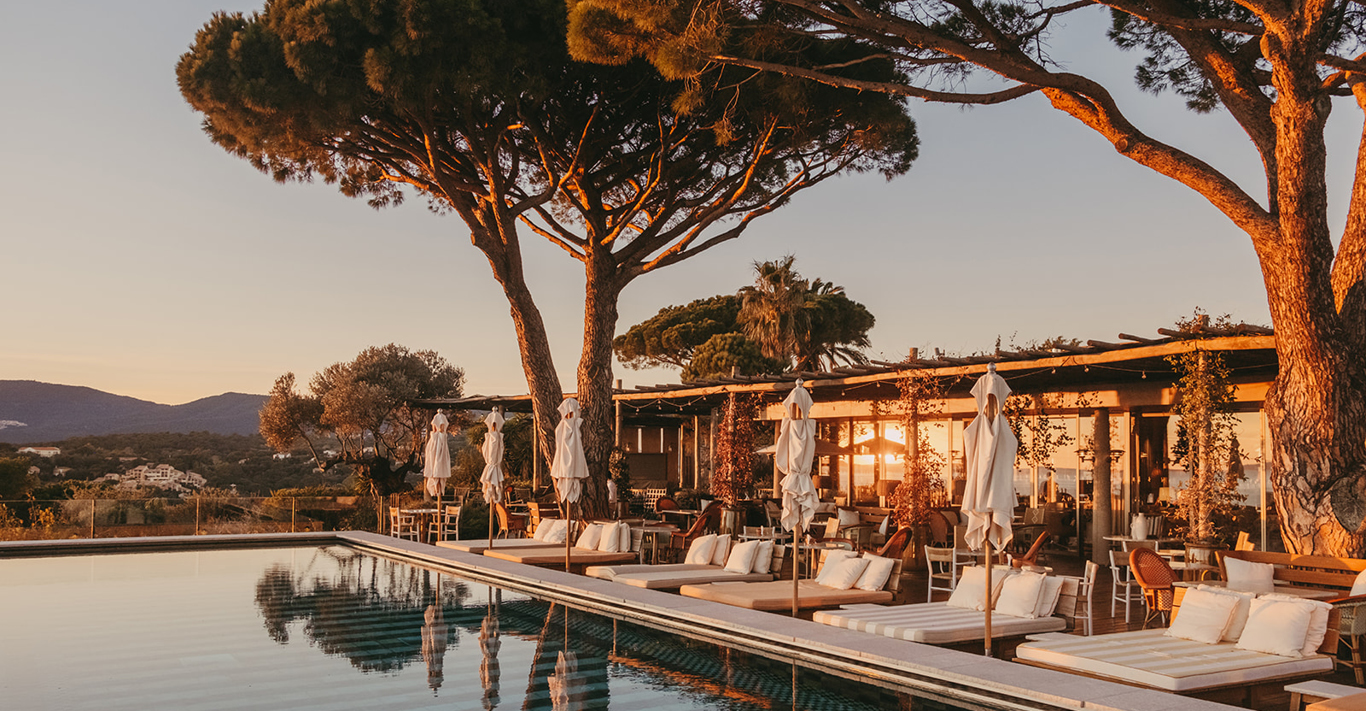WORDS
KIM PARKER
Every autumn, the cottonwood trees that grow in clusters throughout Colorado’s San Luis Valley turn blazing gold, their tall branches reaching up into the bluebird sky like torches. Set against the backdrop of the Sangre de Cristo mountains (the snow-capped spine which runs from southern Colorado into northern New Mexico and is famed for its rosy hue at dusk), these burnished groves are an integral part of the high-altitude savannah.
Fed by underground aquifers, they provide respite from the sun and a welcome snack of sugary bark for herds of elk, mule deer and shaggy bison that have wandered the grassy plains for thousands of years. A revered symbol of strength to the native Ute people, untold numbers of bison once roamed here freely, but now they exist in herds monitored and protected by environmental charity The Nature Conservancy. This is an ancient, rugged kingdom hewn and honed by the south-westerly wind which, over millennia, has dried the silt of a prehistoric lake bed and formed it into towering sand dunes (some over 230 metres high, the tallest in North America), creating a unique landscape that encompasses desert, alpine forest and grasslands in one. It is here that I have come – following a transatlantic flight and a one-hour transfer south from Denver to Alamosa – to have myself a Yellowstone-style experience at the Zapata Ranch.
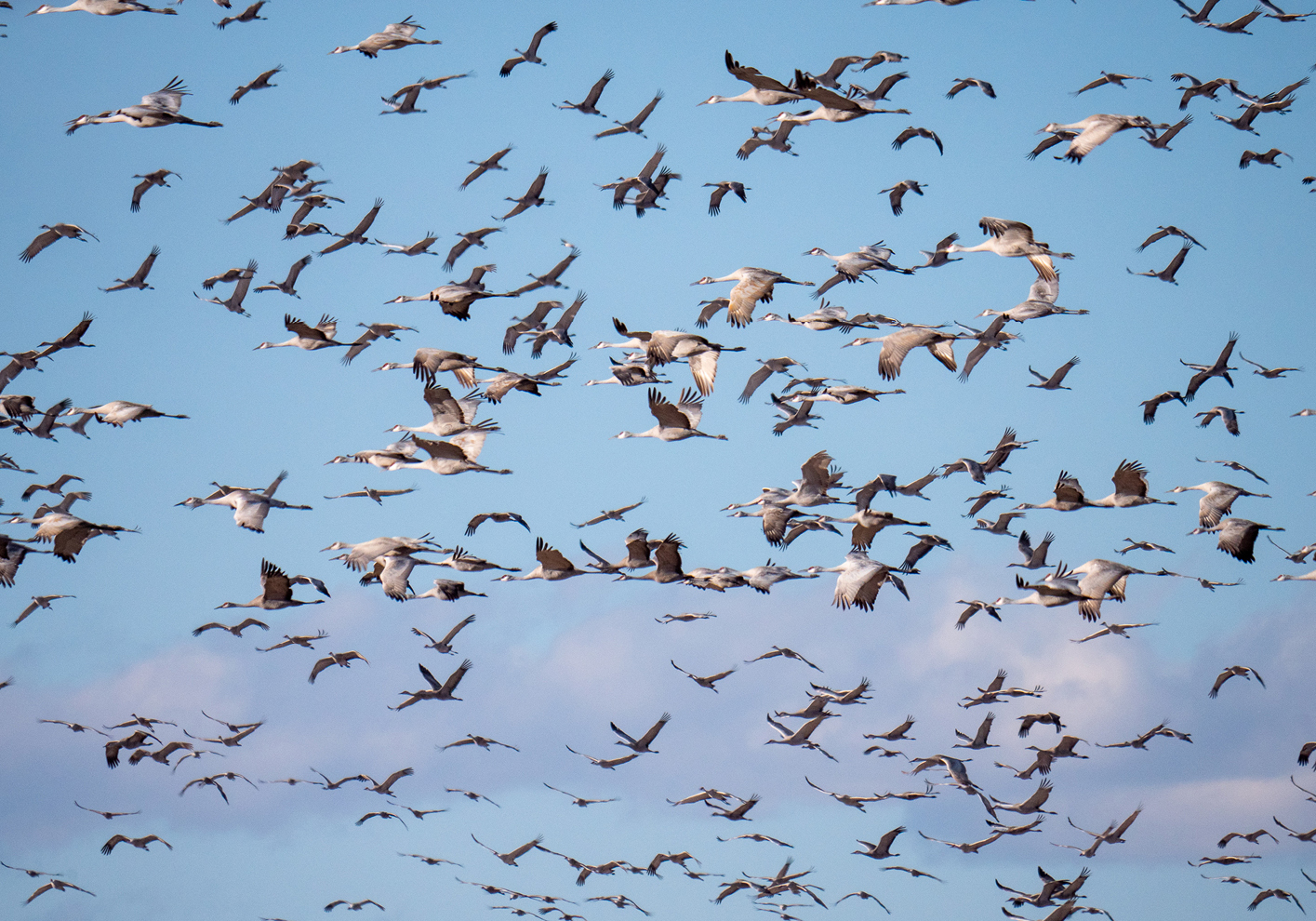
Blink and you might miss the dusty entry road that leads to Zapata, half an hour’s drive along a lonely highway from Alamosa’s main drag. Over the past 200 years, Zapata’s 103,000 acres have hosted a Victorian cattle farm, a commercial sheep ranch and a golf course (among other things), but the property now belongs to The Nature Conservancy and is run in a commercial partnership with Ranchlands, a family-owned business that manages livestock across the American West as well as promoting ecological conservation alongside the preservation of ranching livelihoods.
This is the key to Zapata’s appeal: it’s still a working ranch with 400 cattle, more than 2,000 bison and 60 horses cared for by eight expert wranglers, plus a lodge set in its own private cottonwood copse. Here, there is space and scope for adventure seekers to embark on any number of pursuits, from fishing trips and birdwatching excursions (spectacular flocks of sandhill cranes are a particular highlight during migration season), to courses on equine therapy, painting, creative writing and cooking. There are hikes to nearby waterfalls and excursions to spot kangaroo rats, chipmunks, porcupines and owls, while the ranch’s own store does a roaring trade in hats, local soaps and leather goods. But it is the chance to become immersed in the wrangler lifestyle, spending hours in the saddle and surrounded by nature, that draws most travellers to Zapata. The ranch caters to every ability of rider, from novice to seasoned pro, and the team take great pains to match every guest to their perfect mount.
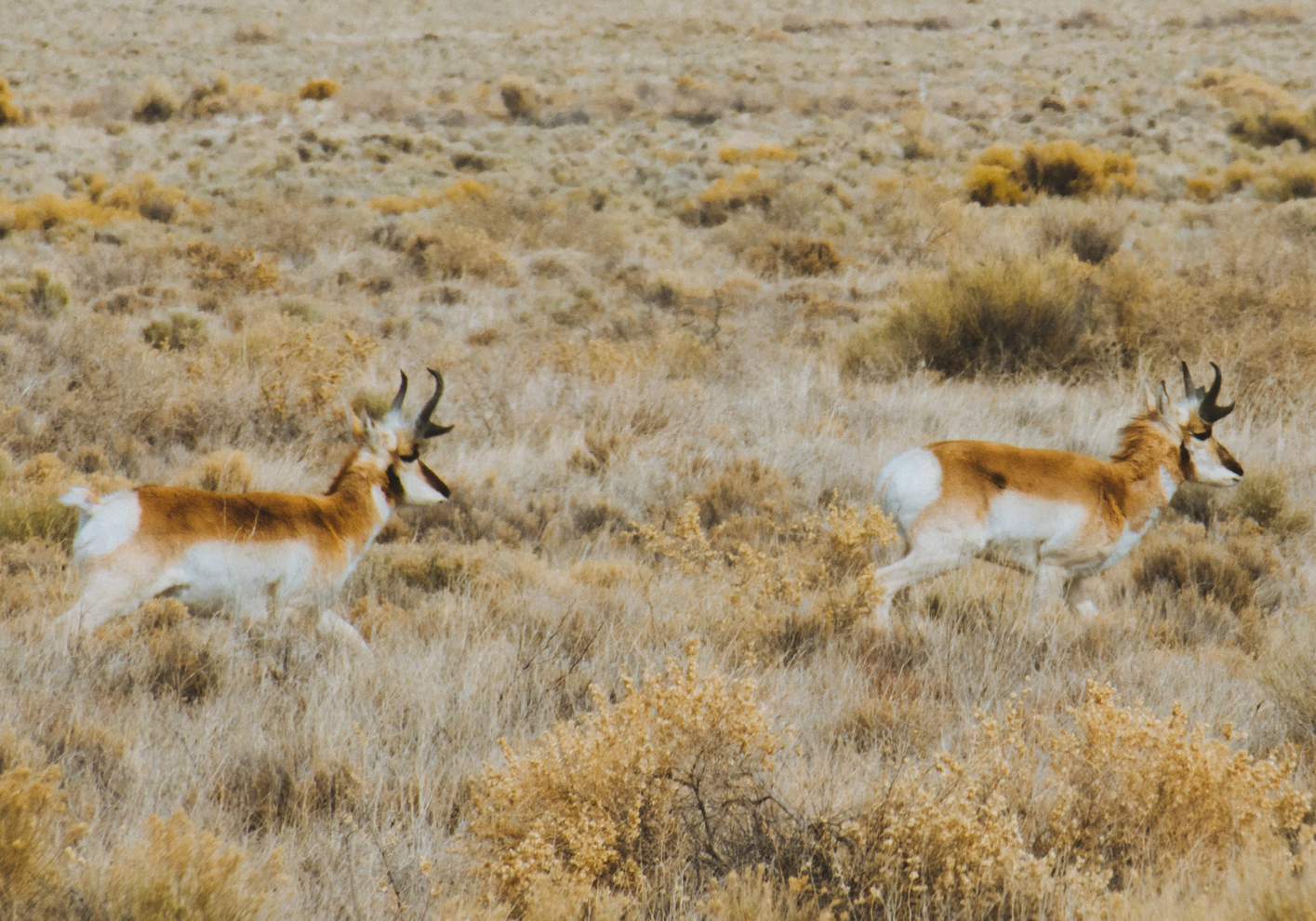
Though I am a proficient and enthusiastic horsewoman, I ask for a kind and steady horse for my first day and am paired with Fred – a sweet grey gelding with extraordinary eyelashes – for a morning in the Zapata meadows, watching for wildlife and aiding the search for a couple of stray cows, who are grazing somewhere in the thousands of open acres. Fred is a gentle and amiable companion, barely even glancing as a startled jackrabbit leaps out of the scrubby brush and almost lands on my saddle. We lope elegantly (and at a respectful distance) past groups of watchful bison and the eerie, long- abandoned dwellings of illegal moonshiners.
Having felt chilly at breakfast, by lunchtime I am tired and warm, and my little group of three riders stops for a picnic lunch amid some low dunes, munching contentedly as pronghorn deer bound away in the distance. That afternoon, I learn to rope a steer with a patient instructor, Sierra (also Zapata’s busy programmes manager), who shows me how to loop, coil and toss my lasso like a proper cowboy, and gently consoles me with ‘Well, you’re left-handed and it’s a right-handed rope,’ as I fail time after time to catch a mechanical calf. After a delicious supper (meatballs, creamy polenta and a spinach and pear salad), I fall asleep in my cosy wooden cabin, a few metres from the main Lodge, the sounds of a coyote pack yip-yipping in the distance.
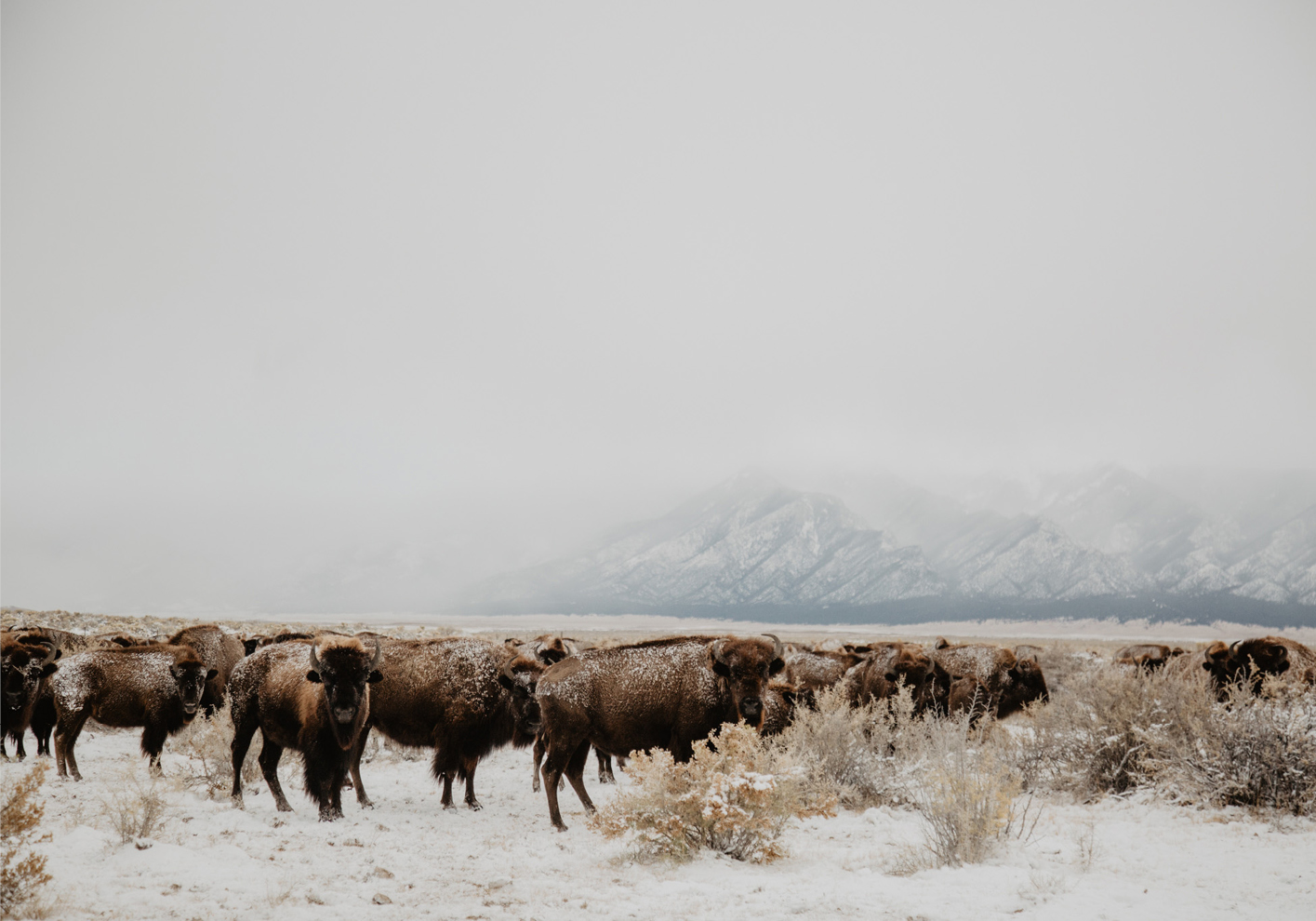
The cuisine at Zapata deserves a special mention. The kitchen, led by a talented chef called Biggie (who is, of course, tiny), serves seasonal fare garnered from a local co-op, working with regional growers to minimise food mileage. Meals are generous and hearty, with a Mexican and Puerto Rican-inspired flair. Big breakfast burritos or “gravy and biscuits” (a Southern speciality, akin to sausage stew and soft scones) and vegetable frittatas, plus homemade granola and fruit yoghurts, are required eating for long days spent on horseback, especially as lunch is light and (quite literally) on-the-hoof – a tiffin box of Thai noodle salad, perhaps, or a pair of paper-wrapped sandwiches stored in your saddlebag. Spicy bison chilli and herby rice, or rich, saffron-spiked paella, are served family-style across a long table in the dining hall, encouraging chit-chat, which continues outside around an honest-to-goodness campfire as swigs of whiskey and warm s’mores (chocolate biscuit sandwiches filled with toasted marshmallows) are passed around and shooting stars streak across the ether.
There’s a glorious simplicity and rhythm to life at Zapata, which can quieten fractious minds and unwind desk-bound bodies as effectively as any five-star spa. Days begin early, as wranglers corral the horses at daybreak, and end not long after nightfall, with long soaks in claw-footed tubs and deep slumbers in fluffy, king-sized beds. There’s no television and hardly any wifi, so a digital detox is practically guaranteed. You’re forced to live in the moment as you embark on all-day hacks through high forest trails, or windswept trots through sandy dunes interspersed with thrilling gallops along shallow meltwater creeks. This is the kind of escape that allows you to reconnect to a deeper, wilder part of yourself, which is why many of Zapata’s repeat clients are urban city-slickers, returning year after year for another recalibrating stay.
At the end of 2024, Ranchlands’ lease comes to an end and Zapata’s management will revert back to The Nature Conservancy, which plans to use the ranch as an education centre and place of important cultural connection for local indigenous groups. Meanwhile, Ranchlands will focus its particular brand of adventure holidaying on its flagship property at Paintrock Canyon in northern Wyoming. But for now, as the winter’s frost begins to thaw and the sandhill cranes contemplate their long flight north from the wetlands of New Mexico, Zapata is gearing up for its final year of riders, hikers and nature lovers. I certainly hope to be among them.
From $1,770 per night, per guest, three-night minimum for Ranch vacation stay, open March-October 2024; ranchlands.com


